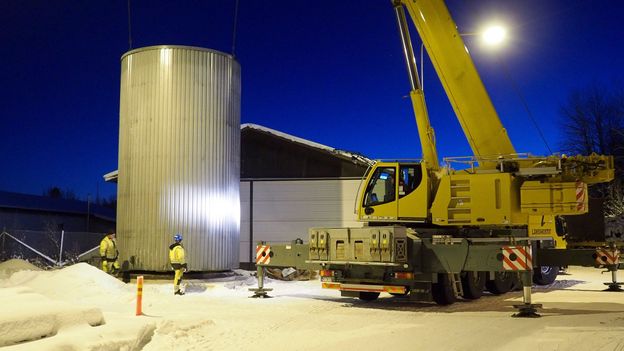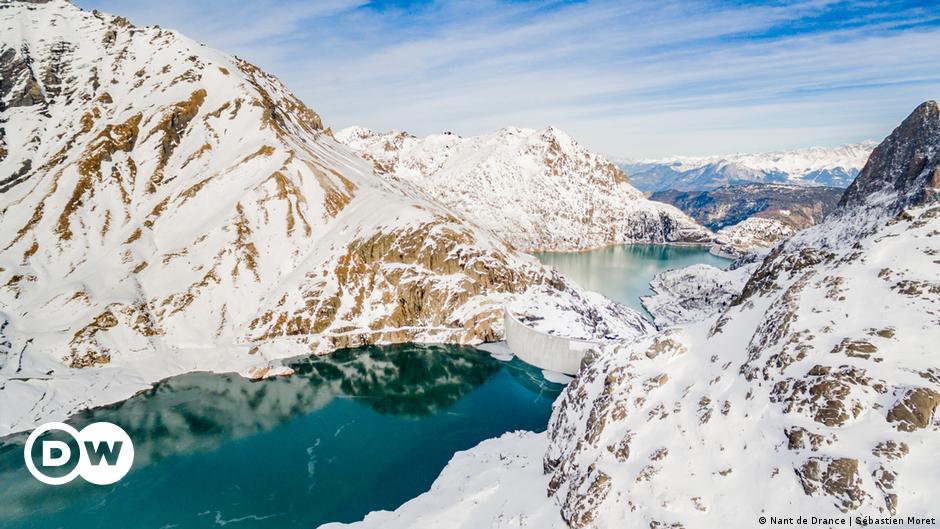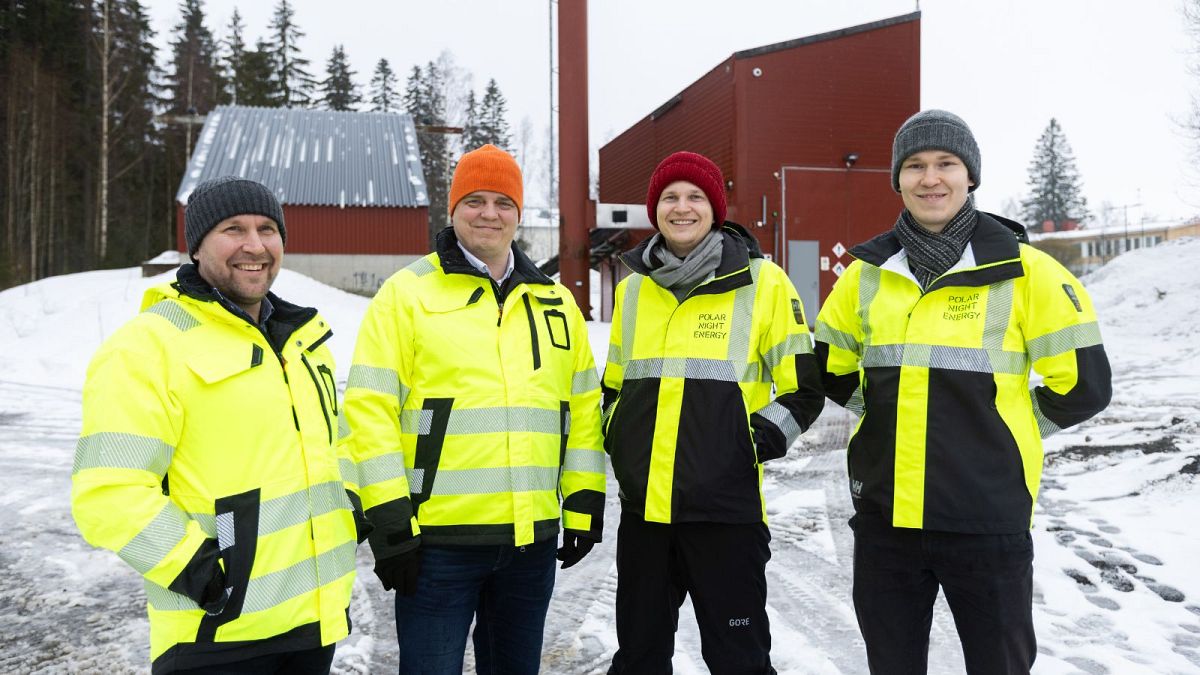That are great potential for close pump energy storage in mines. From my previous link.
"Even with those restrictions and lack of sufficient data on large portions of the world like most of Russia, they found that there was resource for 616,000 sites with sufficient energy and power capacity to be 100 times the requirements for all grid storage for the world, and 200 times in North America, blessed as it is with lots of steep land on both coasts.
This model means that pumped hydro reuses water over and over again with little loss, doesn’t impact existing rivers and the head height means that the reservoirs are small. Per Stocks, a gigaliter of water with 500 meter head height would provide a gigawatt hour of energy storage with two small reservoirs only a kilometer on a side if square, more ponds than new lakes."
There you also have the potential for open reservoir pump storage in many places around the world.
A Swiss company has built what is being called a giant water battery deep under the Alps that provides an energy storage capacity equivalent to 400,000 electric car batteries. It could be a game changer.

www.dw.com
Also size and weight is not an limiting factors for batteries used for energy storage. So you can use bulkier but much cheaper types of batteries for storage.
The multi-day battery system could come online in Georgia as early as 2026 and is subject to regulatory approvals.

www.power-eng.com
Industriell heat is a large share of energy consumption and CO2 emissions. So it can be great potential to use cheap renewable electricity to produce that heat. While combining it will simple forms of storage like bricks to release the heat then needed.
https://newatlas.com/energy/rondo-heat-battery-brick-toaster/











